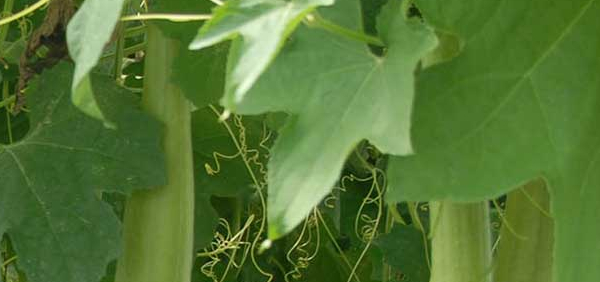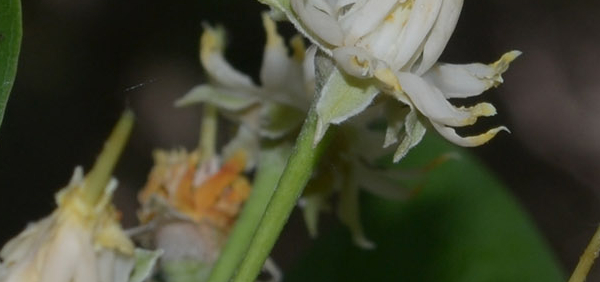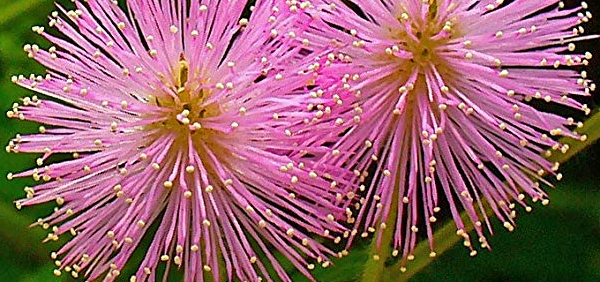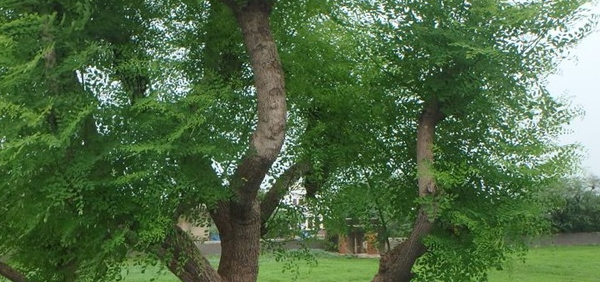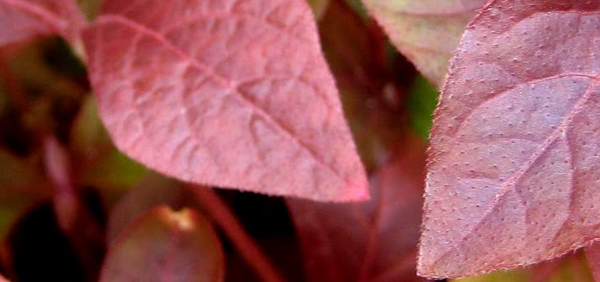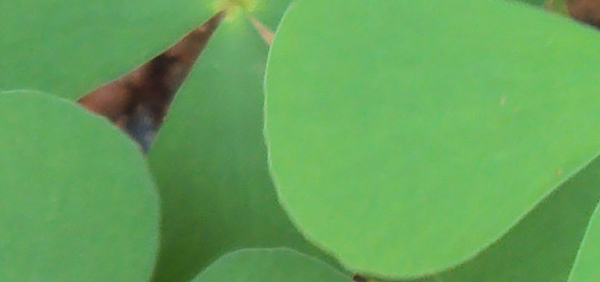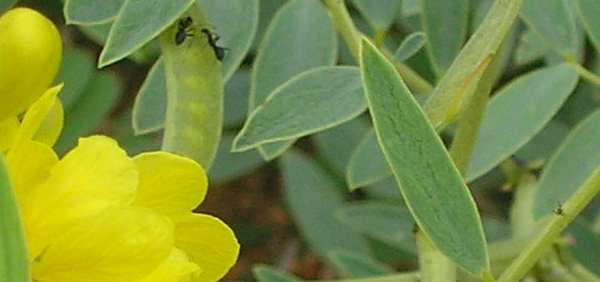kumbhi :
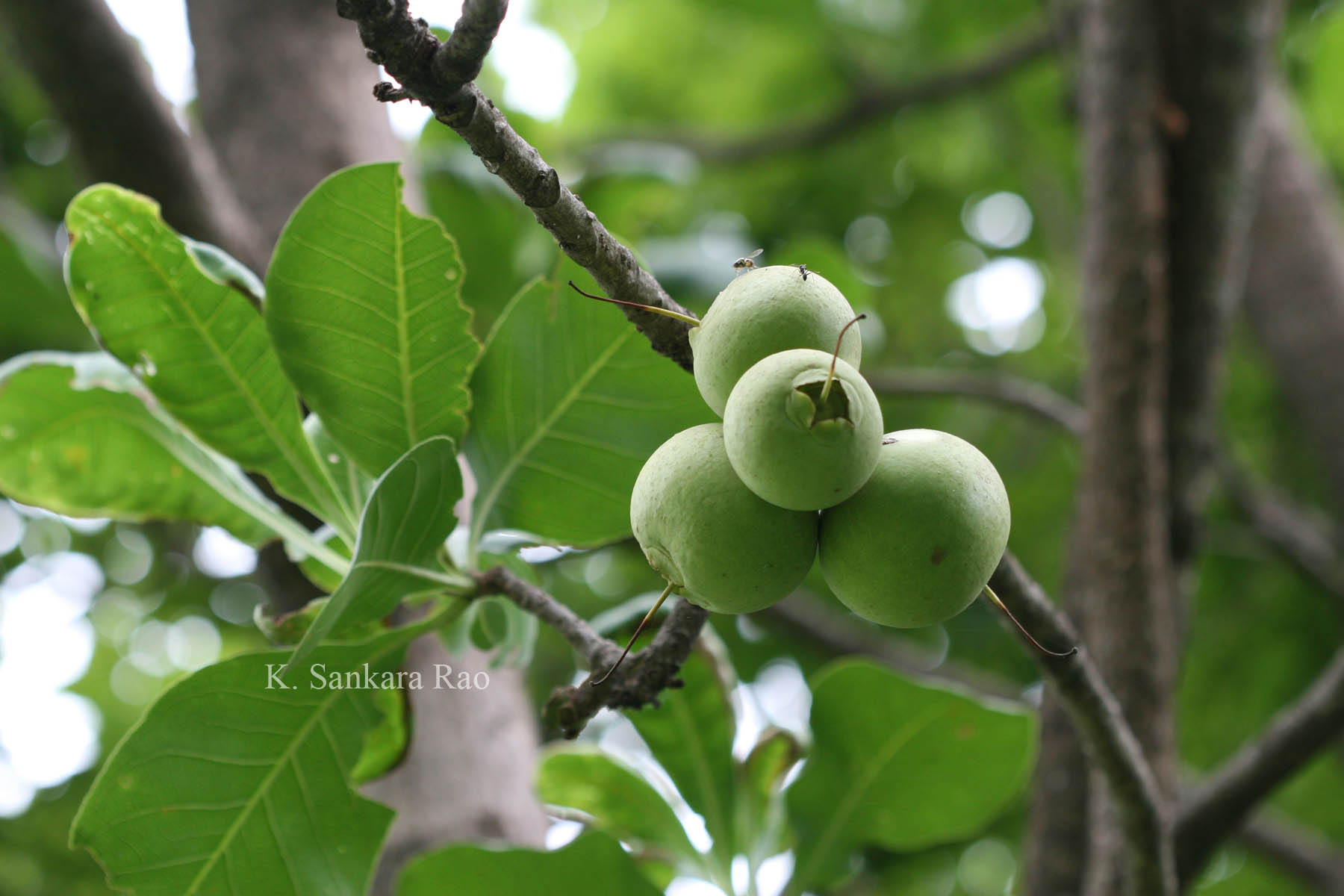
General Use:
Snakebite antidote (fruit and bark), in treating body pain, fever, cold, cough, and leucoderma. The plant parts are used to treat snakebite, ulcers, healing wound, cough, cold, abscesses and dysentery.Therapeutic Uses:
Whole plant - Astringent, demulcent, antipyretic, antipruritic, in cough, cold and eruptive fevers Smallpox (Pal et al., 1999) Snake bite (Bhandary, 2000-2001; Chandra et al., 1989; Jain, 1970)Fruits Cold and cough (Kapoor and Kapoor, 1980) Digestion promoter (Ahmed, 1982; Iyengar, 1986; Shah, 1982)
Flowers Aphrodisiac Acrid, cures ‘Kapha’, demulcent in cough and cold Tonic (Borthakur et al., 1996; Upadhye et al., 1994) Vaginal ruptures Fever (Rai et al., 1992) Colic and loose motions (Prakash and Mehrotra, 1991) Cold and Cough (Bedi, 1978; Shah, 1983) Calyx Filaria (Mohan and Singh, 1996) Seeds Colic and loose motions (Kumar and Pullaiah, 1999)
Leaves Fever and swellings (Maheshwari, 1986) Ulcers and skin diseases (Sharma, 1985) Twig Leech repellent (John, 1984) Gum exudates Jaundice after delivery (Samvatsar, 2000) Tongue ulcers (Girach and Aminuddin, 1995)
Stem bark Constipation (Singh, 1993) Diarrhoea (Rama Rao, 1999) Skin diseases (Joshi, 1980) Dysentry In asthma, dental diseases and snake bite (Kothari and Londhe, 1999)
Stem sap Menorrhegic (Pandey, 1991)
Root Astringent (Parinitha, 2004) Bark Washing and cleaning abscesses, boils, ulcers and diarrhoea Ear pain (Bhandary, 1995) Skin diseases (Malhotra and Moorthy, 1973) Antipyretic, antipruritic and eruptive fever (Singh and Aswal, 1992) Smallpox and stomach disorders (Sadhale, 1991) Wound healing and body pain (Mohapatra, 1991) Astringent and demulcent Cough and Cold Alexiteric, anthelminthic and in urinary discharges Rheumatic pain and diarrhoea (Jain, 1965) Eye complaints Abortifacient (Mohanty, 1999) Asthma, dental diseases and snake bite Tumors, dyspepsia, bronchitis and colic Coarse fibre for cordage ropes, cloth sacking and saddle making (Mukherjee and Ray, 1980; Row and Sastry, 1964)
Systemic Use:
Abdominal pain: Grind the bark of Careya arborea with the bark of Madei tree into paste. Soak the paste in water. After two to three days filter with cloth and take the filtrate orally.Body pain: Grind 20 g root of Careya arborea into paste. Boil the paste with cows milk. Take 50 ml of the mixture as a dose twice a day for one day only.
Cold / Fever: Boil the bark of Careya arborea for 15 minutes. Take 25 ml of this decoction with honey as a single dose twice a day for three to four days.
Cuts/ Wounds:Grind the sun-dried bark of Careya arborea into powder. Sprinkle the powder over the wounds.
Liquid purging: Grind the dried bark of Careya arborea with water to make paste. Prepare pills of 5 g each from the paste. Take one pill as a dose three times a day with water until cured.
Myalgia: Grind the bark of Careya arborea and the root of Bauhinia variegata into paste. Take 10 g of this paste as a dose twice a day for 7 days.
Pain due to injury: Boil a long bark of Careya arborea in water for 15 minutes. Use the long boiled bark as bandage on the injured part.
Poultry lice: Keep the flowers of Careya arborea inside the poultry house to get rid of lice in poultry.
Rabies: Grind the root of a small tree of Careya arborea. Make a pudding by mixing the paste with broken rice. Administer the pudding to the patient and advise patient to sit under the sun for a while. This will cause vomiting and cure the patient.
Administration:
-The juice of the bark, and the calices of the flowers, are astringent and mucilaginous]. They are often used internally in India for treating coughs and colds, and are applied externally as an embrocationAn astringent gum exudes from the fruit and stem
The pulped leaves are used as a poultice
Pharmacological:
The therapeutical importance of Careyaarborea is mentioned in Materia Medica, Ayurveda, Siddha and Unani system of medicines. The root paste is used in body ache. Moreover, it is taken in the morning in empty stomach against joint pain for five days. Root-bark decoction (with long pepper) is used in fever, Stem-bark powder (paste with honey) is given to children in cold and cough; Stem-bark (paste with margosa) heals leucoderma. The bark of the tree and the sepals of the flowers are used as astringent and mucilaginous being administered internally in coughs and colds and applied externally as an embrocation. The stem bark of C. arborea is traditionally used in the treatment of tumours, bronchitis, skin disease, epileptic fits, astringent antidote to snake venom, abscesses, boil and ulcer . Infusion of the flower is used after childbirth to heal rupture caused by childbirth.- » Classification and names of kumbhi
- » Synonyms and definitions of kumbhi
- » Drug Properties of kumbhi
- » Chemical Constituents of kumbhi
- » Standardization of kumbhi
- » Parts used and Dosage of kumbhi
- » Morphology and Histology of kumbhi
- » Distribution and Conservation of kumbhi
- » Cultivation of kumbhi
- » kumbhi in the market
- » Medicinal Uses of kumbhi
- » Researches and clinical trails of kumbhi
- » kumbhi in other sytems of medicine
- » Ayurvedic formulations with kumbhi
- » Images of kumbhi



